Date: 14-19.7.2024
Team: Tomáš Dino Holer, Petr Hataš, Tomáš Caska, Jan Doněk
In July 2024, we finally set out once again as the original Herpetology.cz team and our team was enforced by Honza. The original target were mainly salamanders.

We spent the first night in Austria not far from the Italian border to shorten the long travel a bit. At night we managed to find several Alpine salamanders (Salamandra atra) and two slow worms (Anguis fragilis) under a stone. In the morning, we walked through the beautiful valley with the waterfall in the light, admired the mountain flora and found one common frog (Rana temporaria).

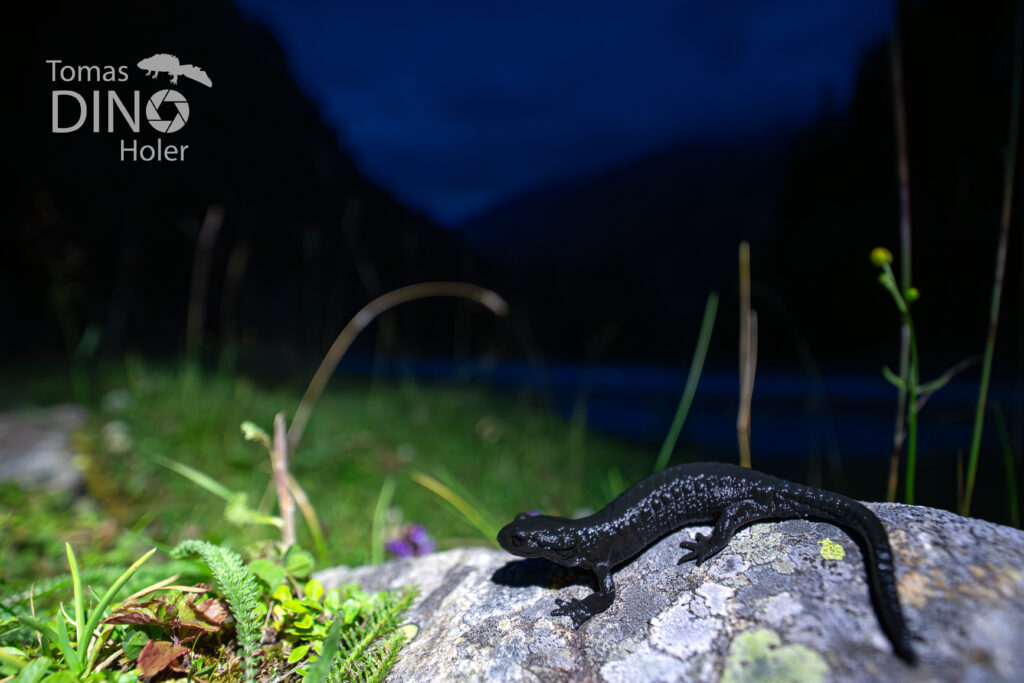
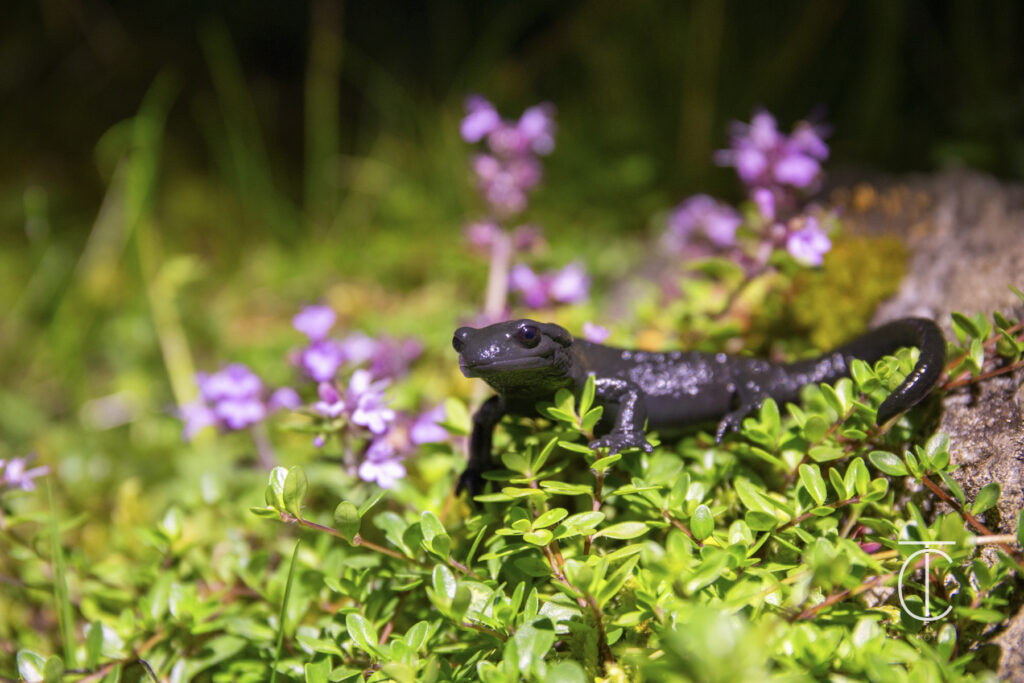
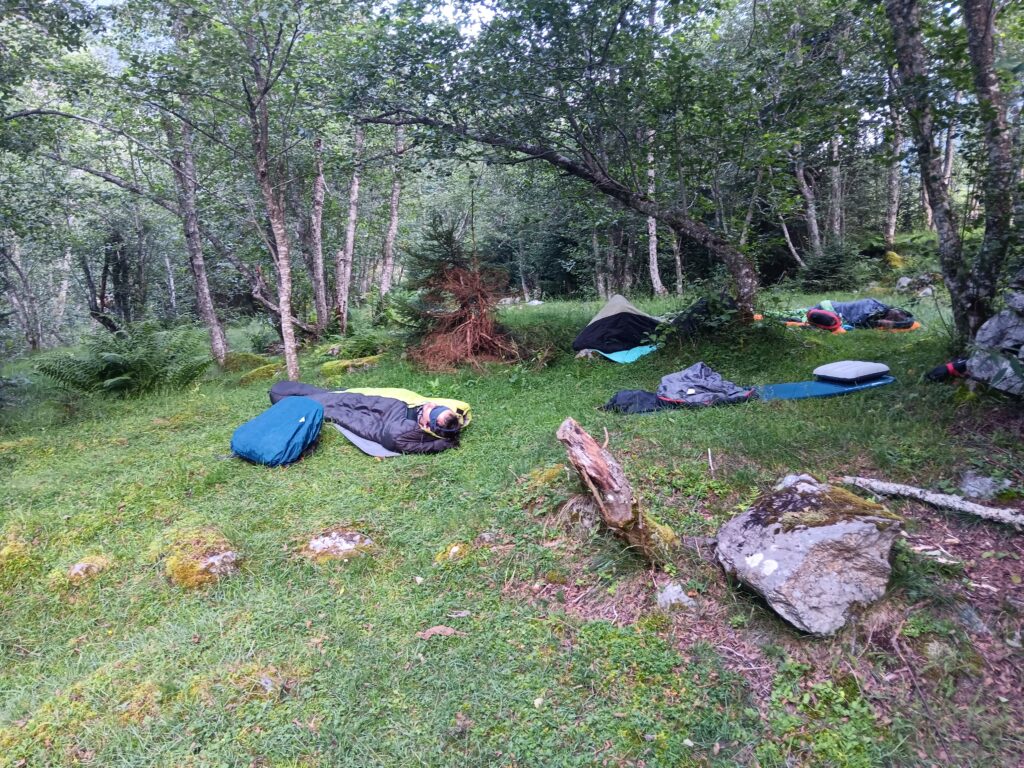
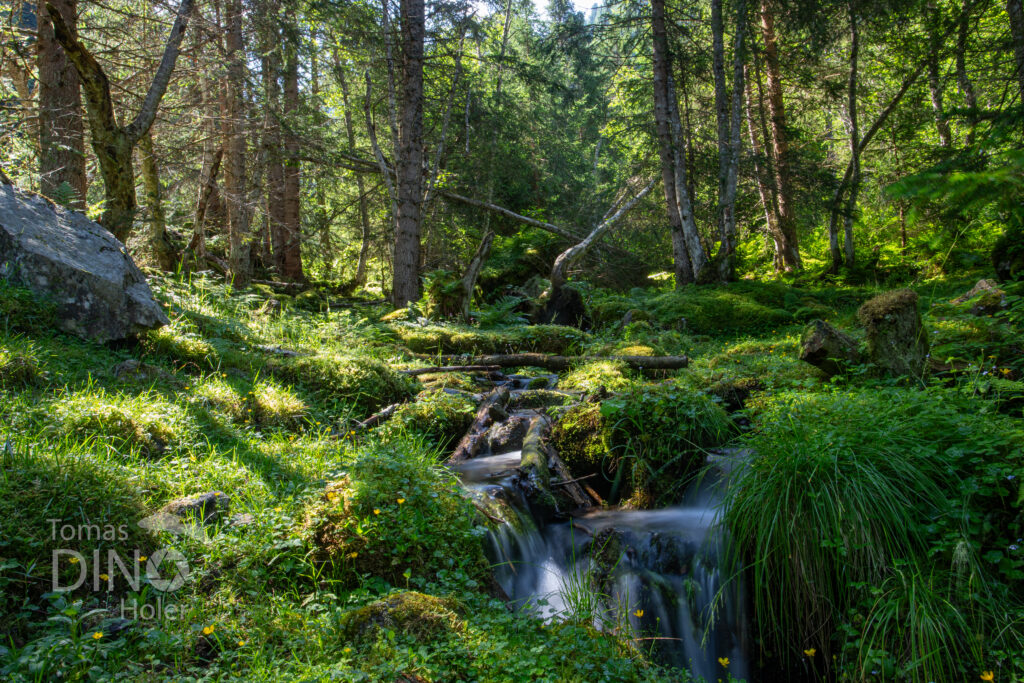
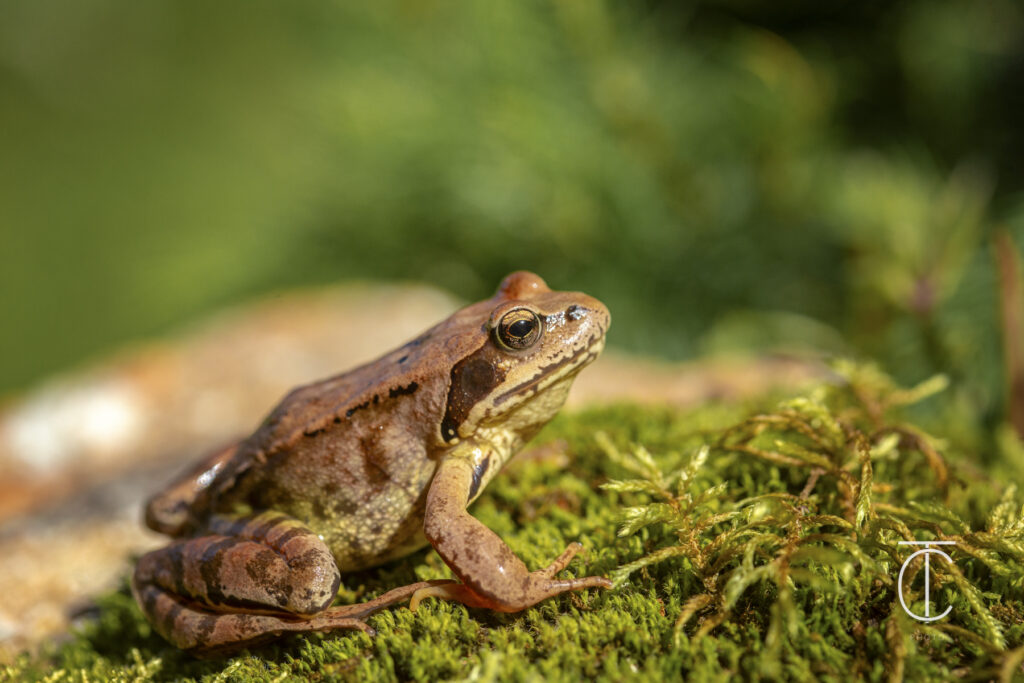
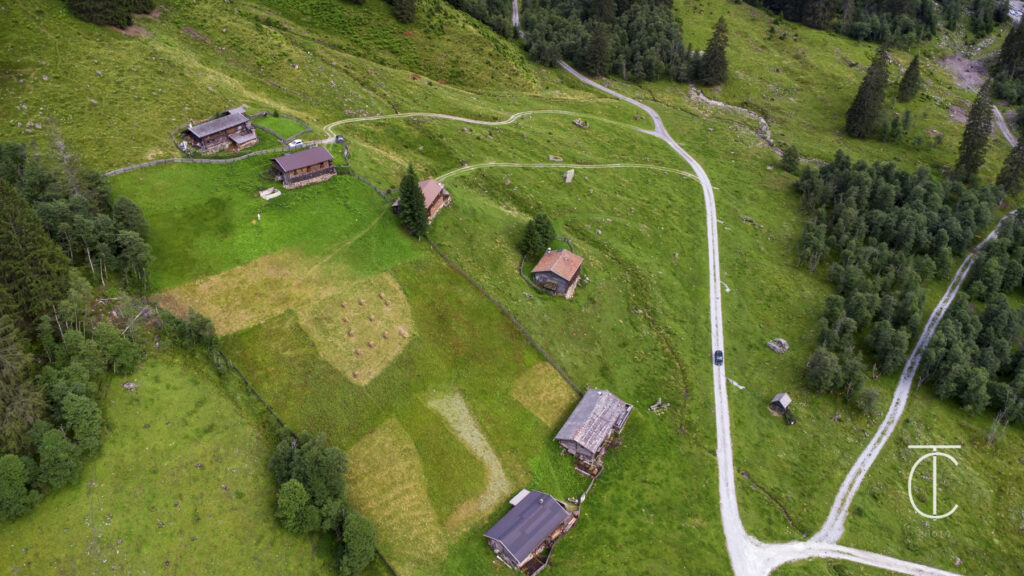
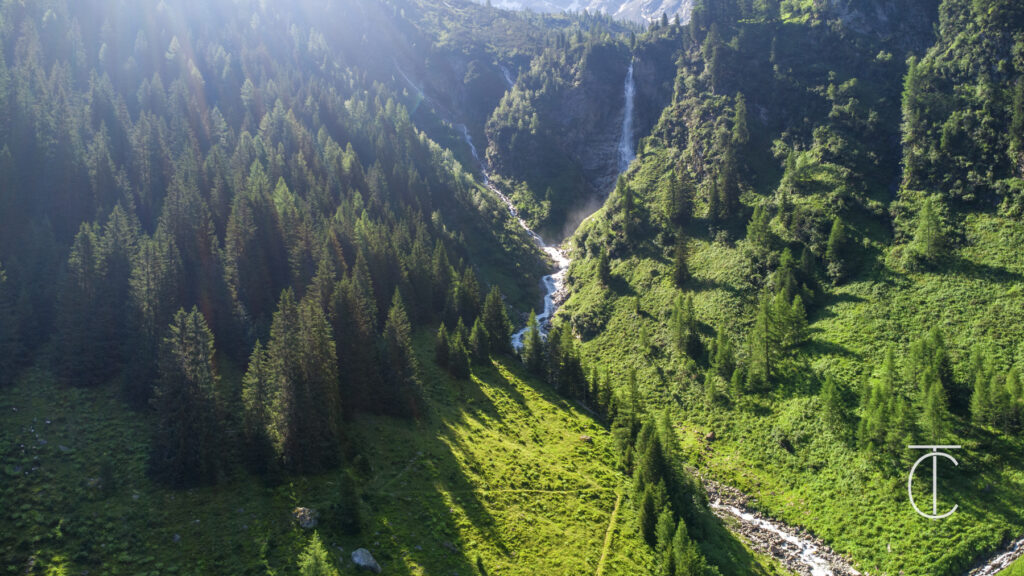
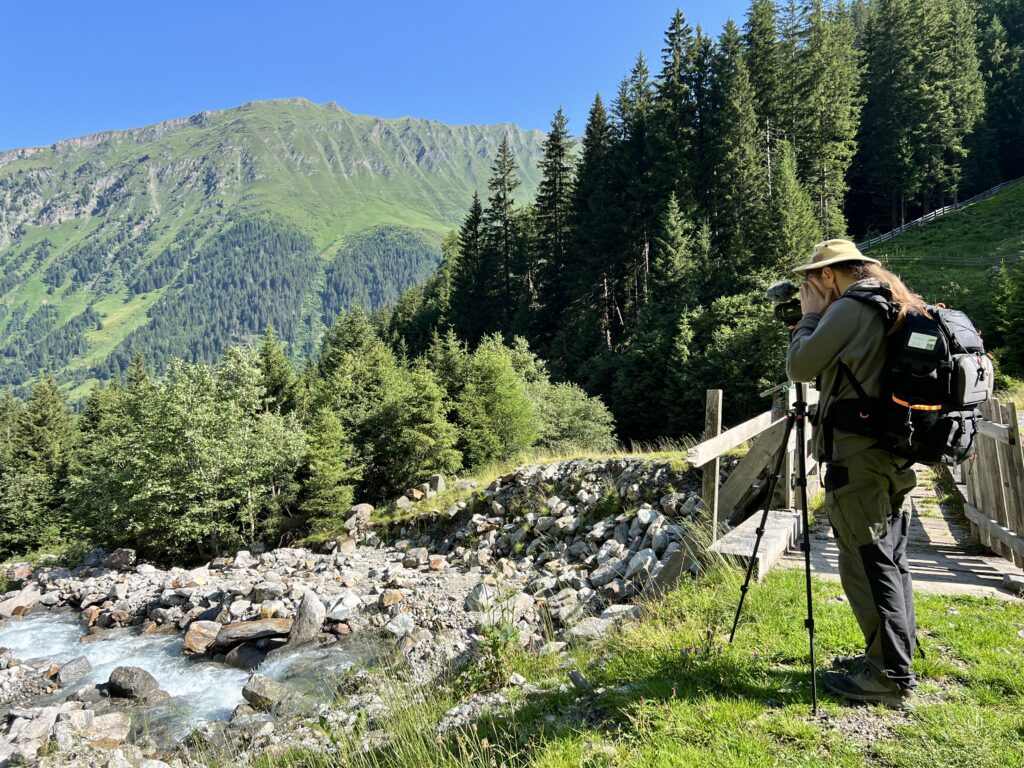
The next day we moved to Italy and decided to climb Pasubio again and try to find the local micro-endemic subspecies of the black salamander – Salamandra atra pasubiensis. The weather was not in our favor – it was sunny, the sky was cloudless. However, we went up and took with us supplies of food and water and things for sleeping. The ascent in difficult terrain took less than two hours. Again we met mountain chamois (Rupicapra rupicapra) on the route, this time they were quite fearless and we saw them up close. There are wonderful views of the surroundings from the location of the salamanders. We basically chose the only possible place to spend the night, where there was a flat surface, and after dark we set off to the surroundings. We unsuccessfully searched for salamanders for over 3 hours. If it doesn’t rain, salamanders simply won’t come out. So next time we have to wait for suitable weather.


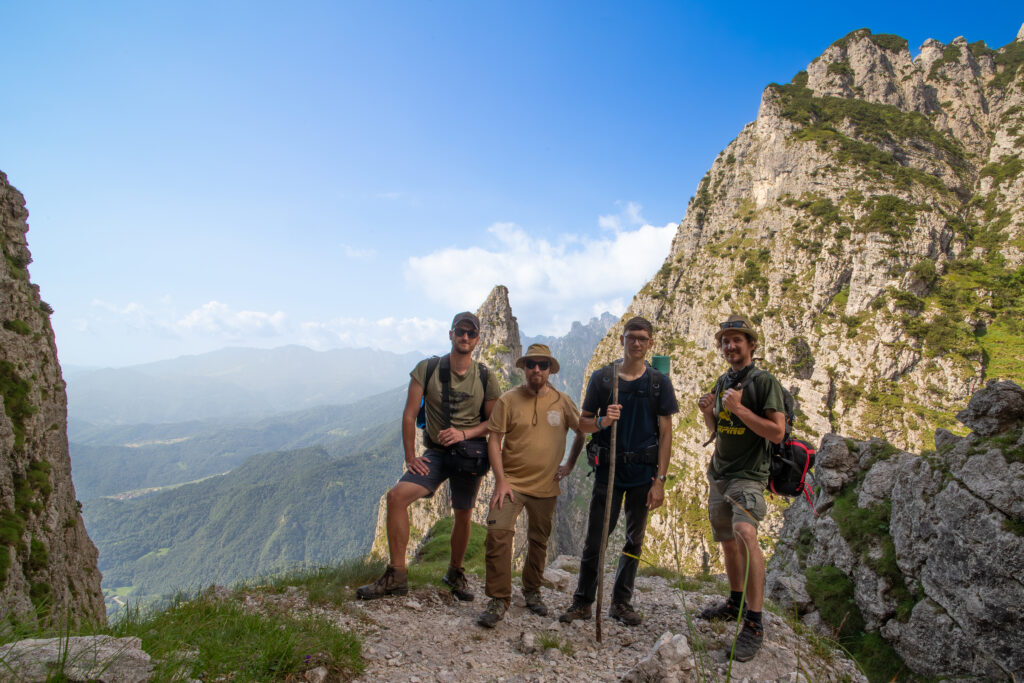
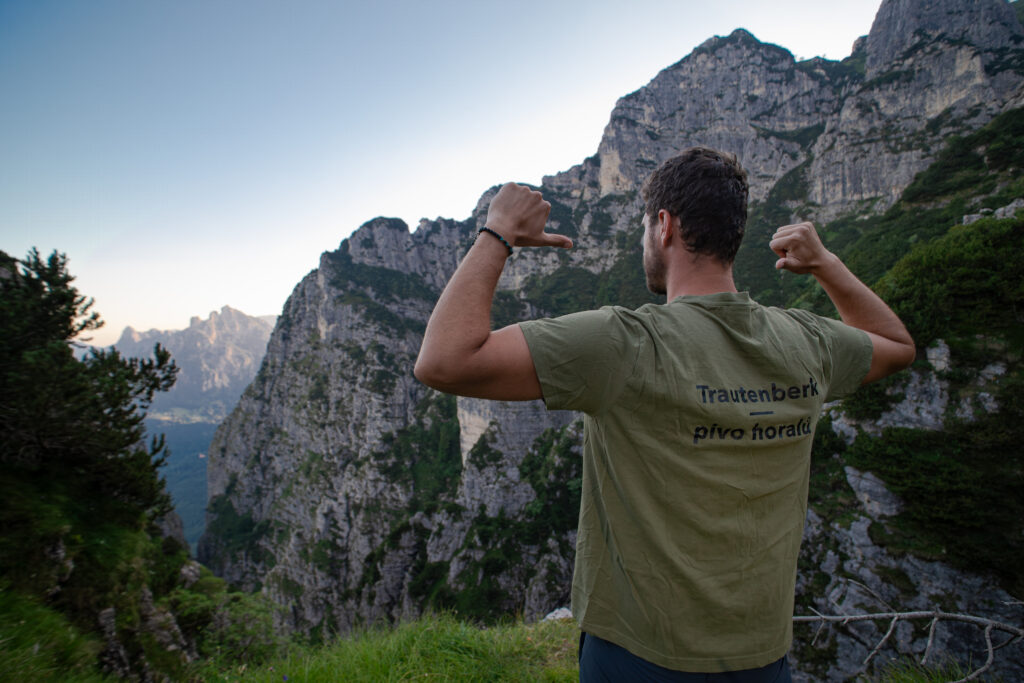

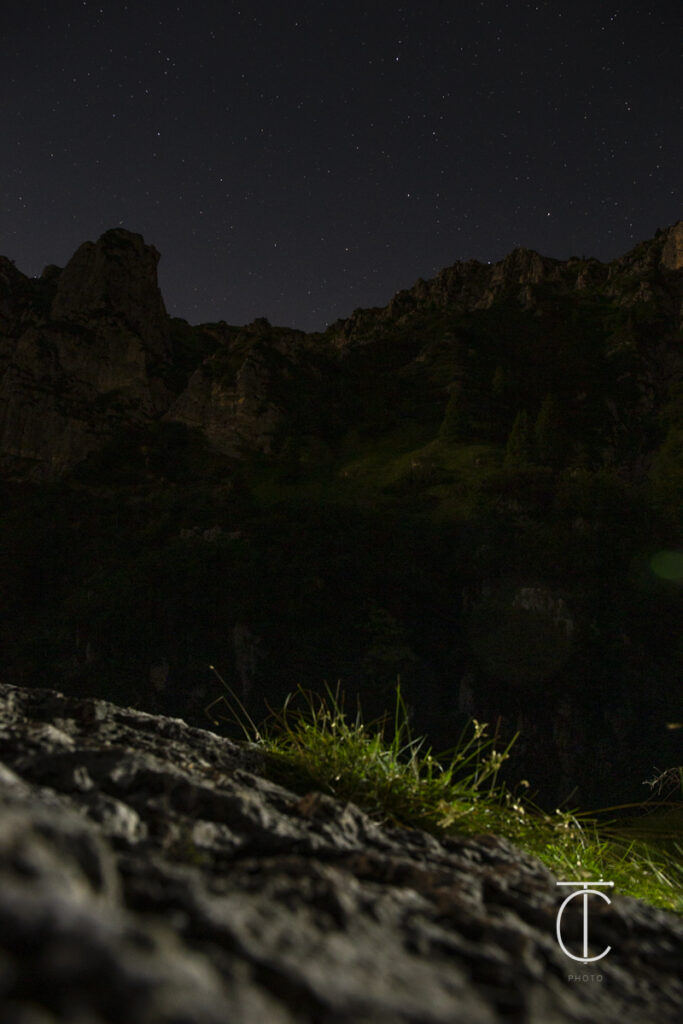
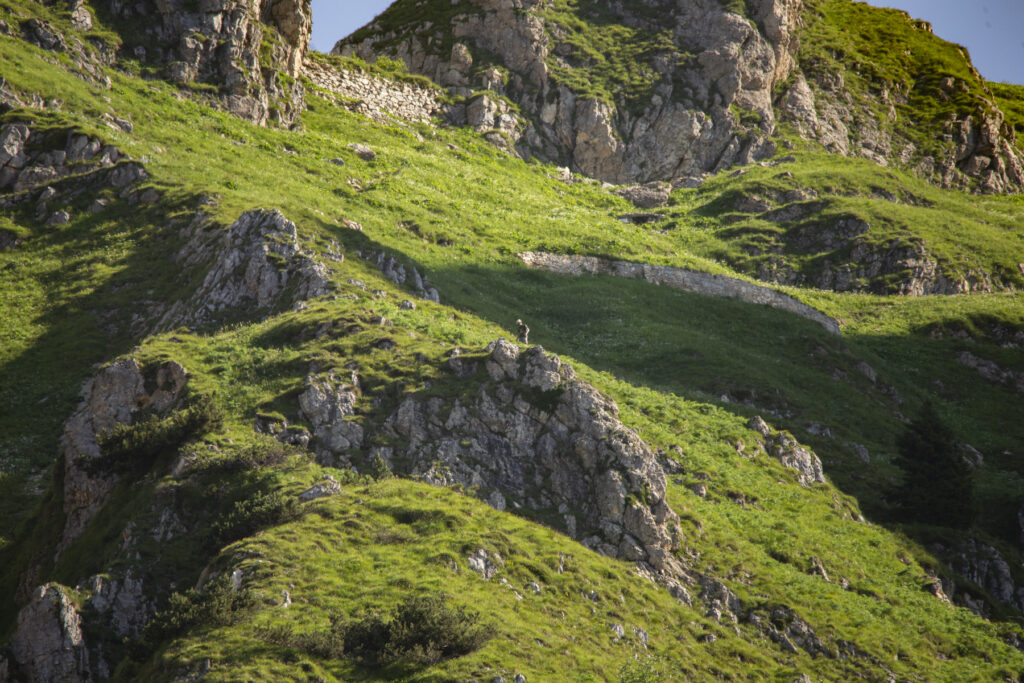
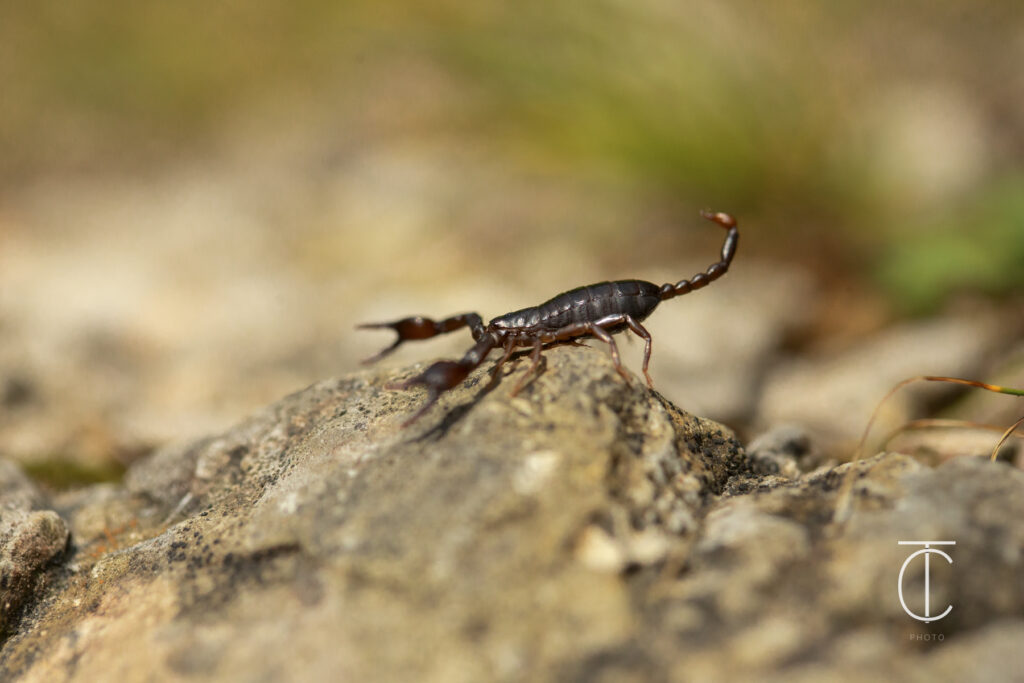
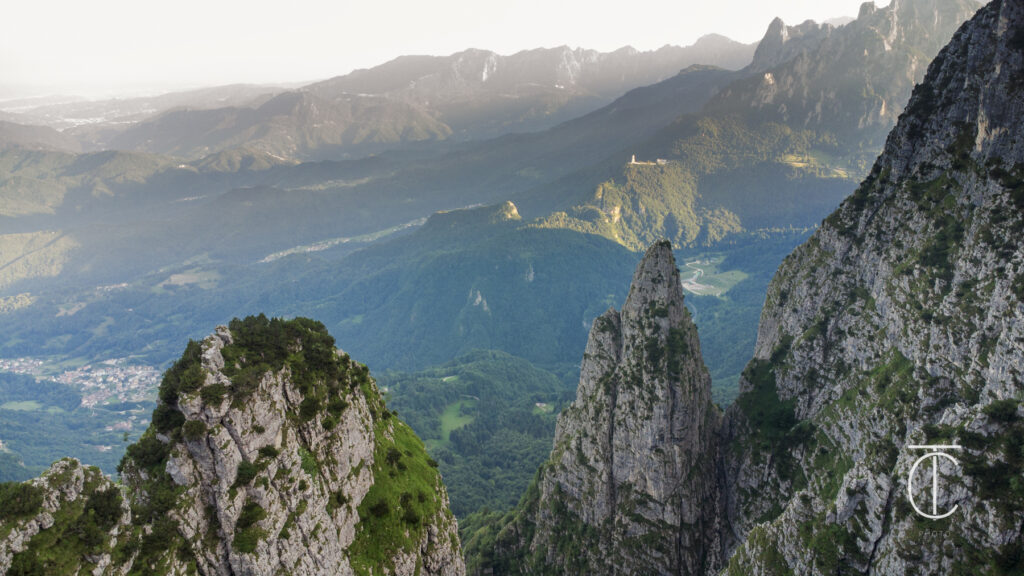
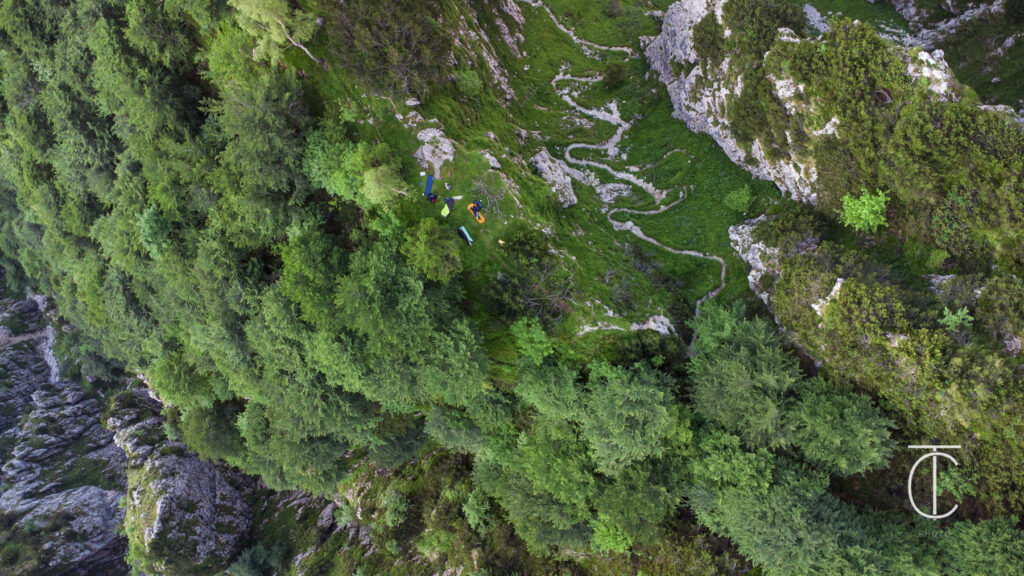
The next morning we descend down and continued our journey. The next destination was the town of Cuneo, in the vicinity of which we wanted to search for cave salamanders (Speleomantes strinatii). After a long drive, we slept by the river and admired numerous flocks of fireflies at night. Of the three caves, we found the entrance to two, one of which probably collapsed. There were many invertebrates in the caves, including “hairy” snails and large cave crickets. But we searched for salamanders in vain, although it seemed that conditions in the cave did not change and salamanders should be active regardless of the weather. During the search for the caves, we found several wall lizards (Podarcis muralis) due to the locality, most likely subspecies maculiventris, and also several toads, morphologically corresponding to the Mediterranean Toad (Bufo spinosus) species. At one of the springs, there was an agile frog (Rana dalmatina) and a little further downstream in the pool, there were several larvae of fire salamanders (Salamandra salamandra). We also saw a young snake for a second. It was most likely a green whipsnake (Hierophis viridiflavus).
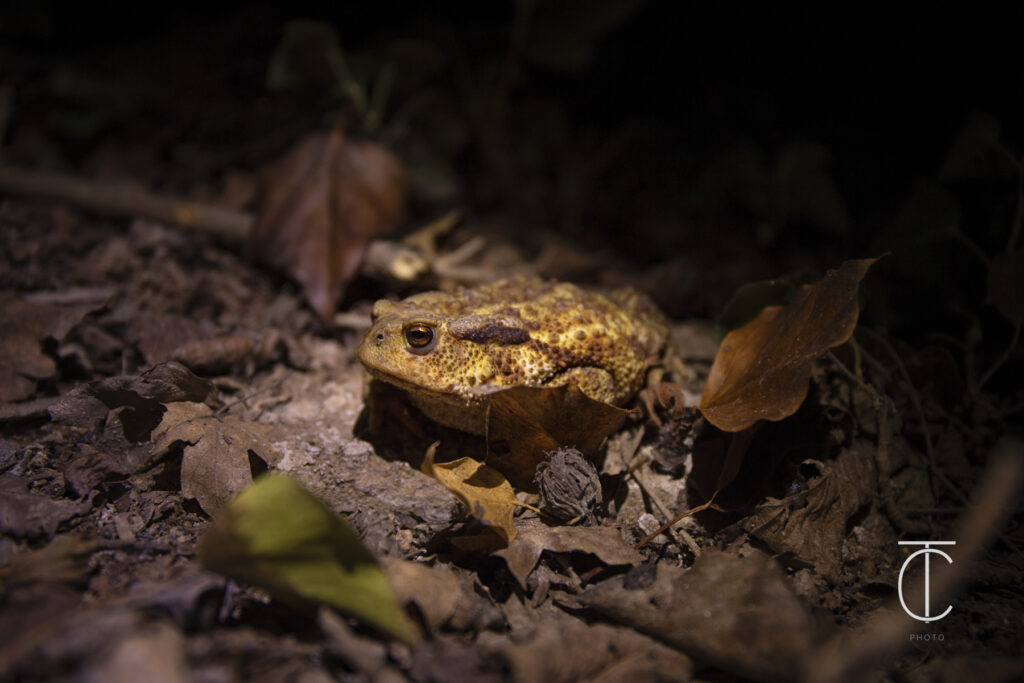

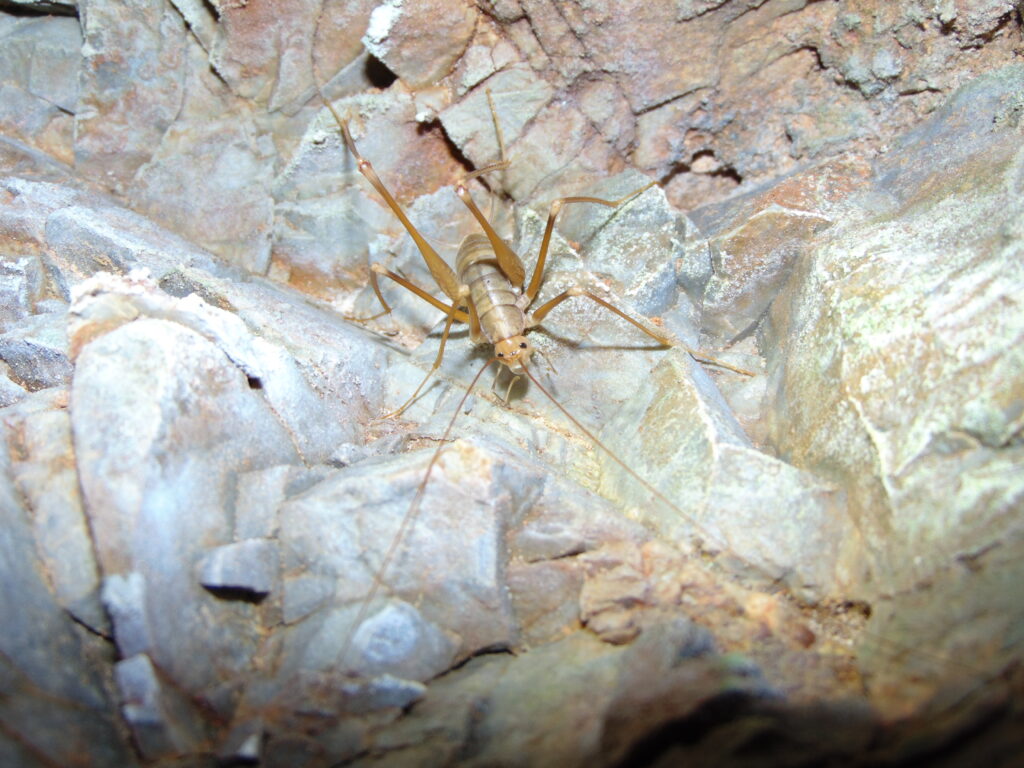

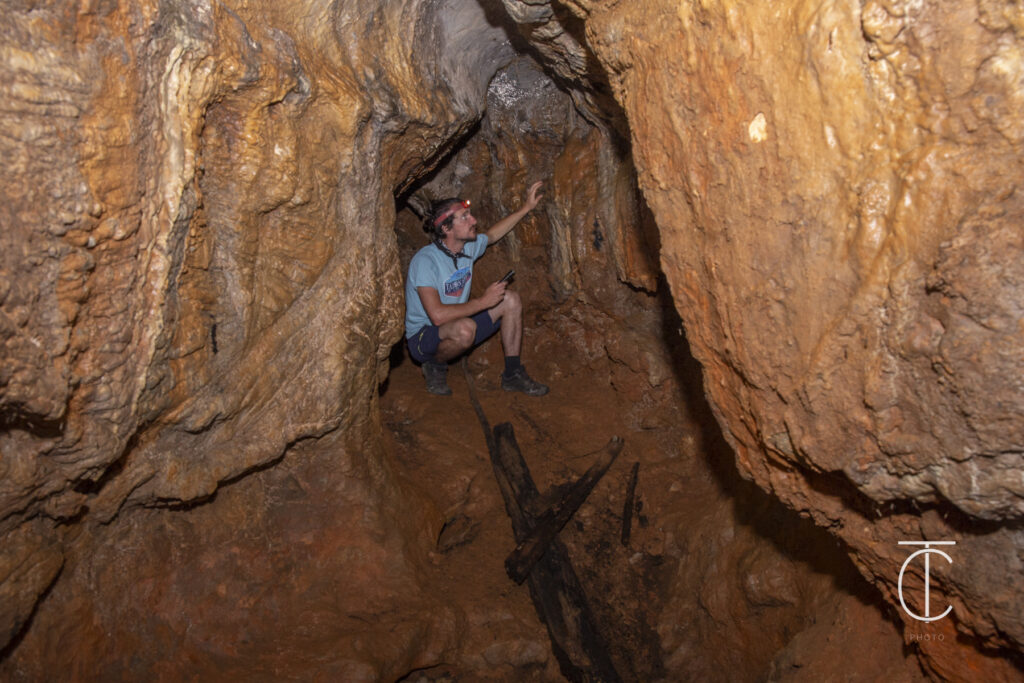
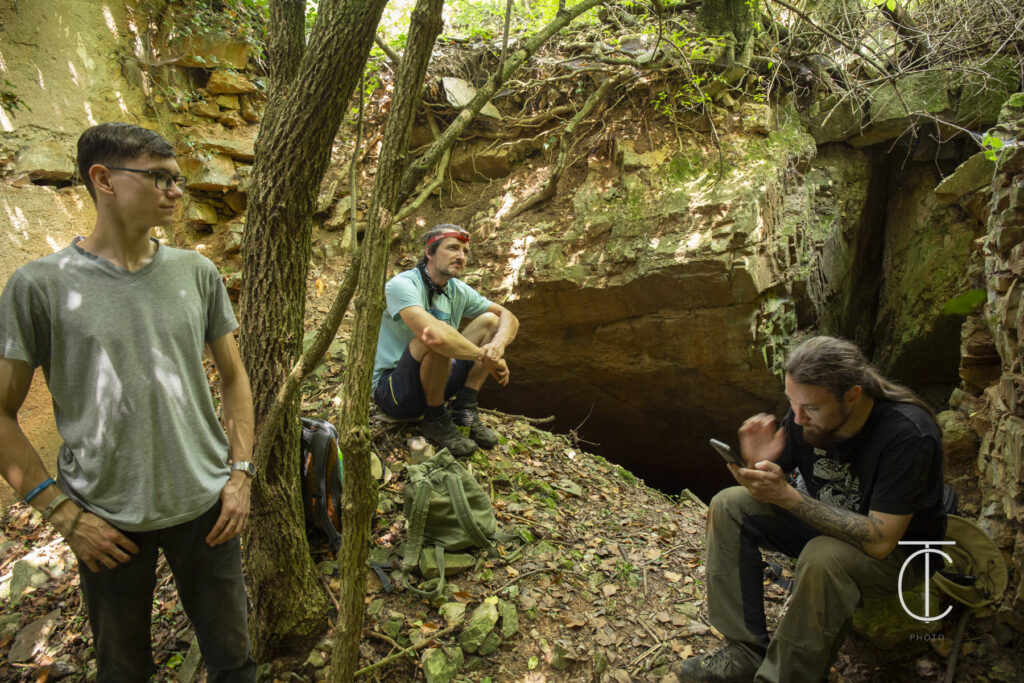

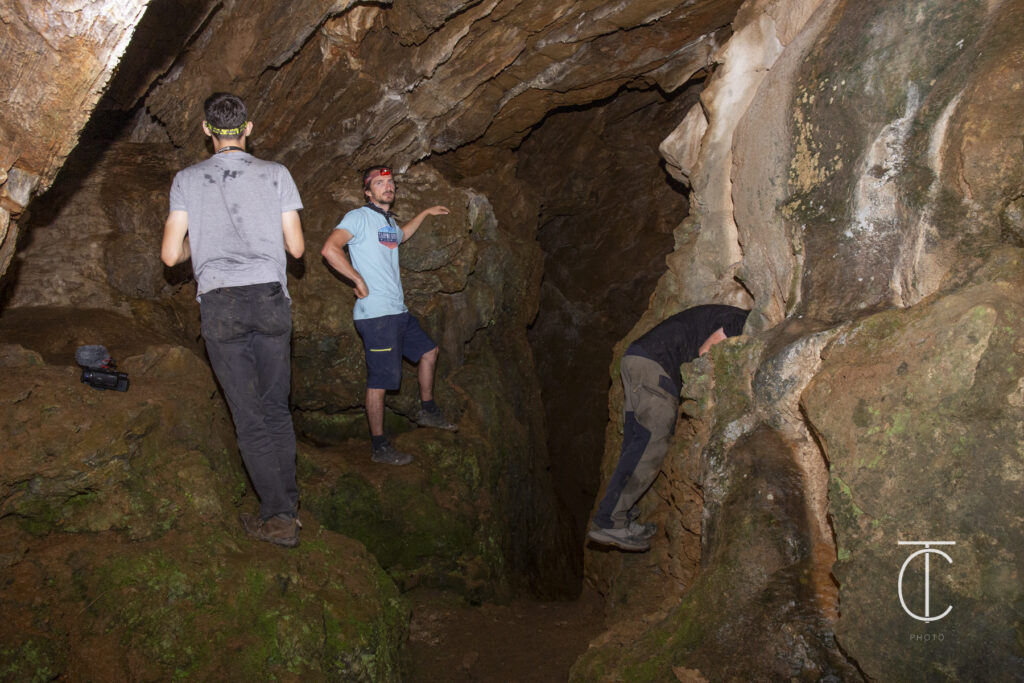
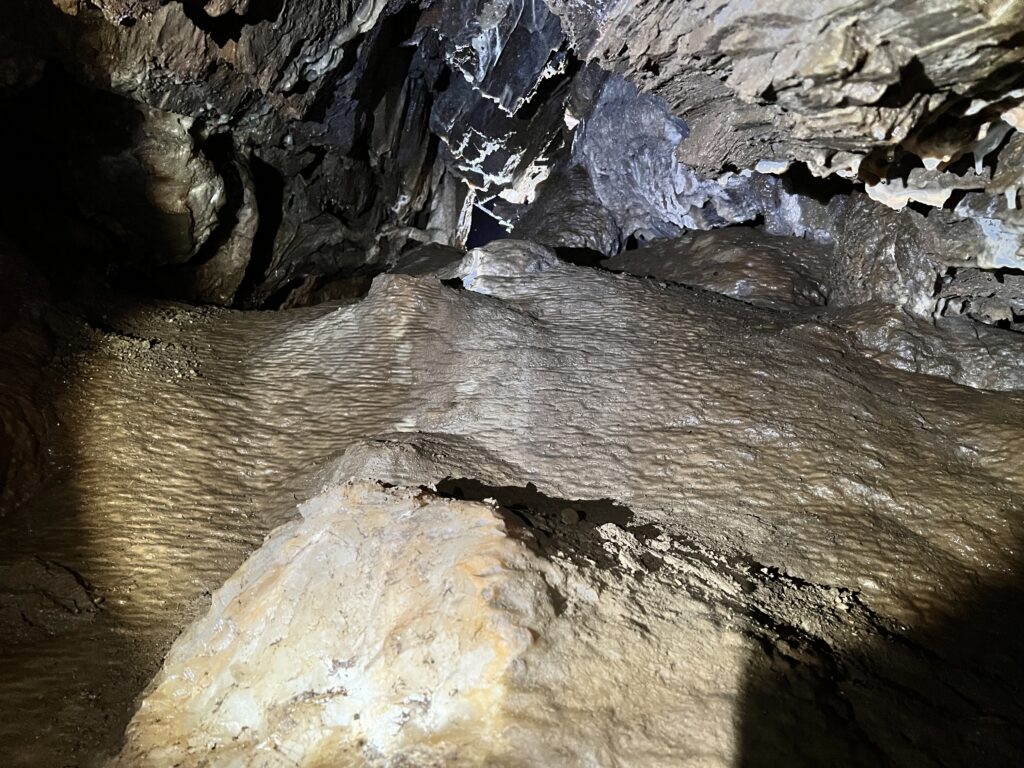

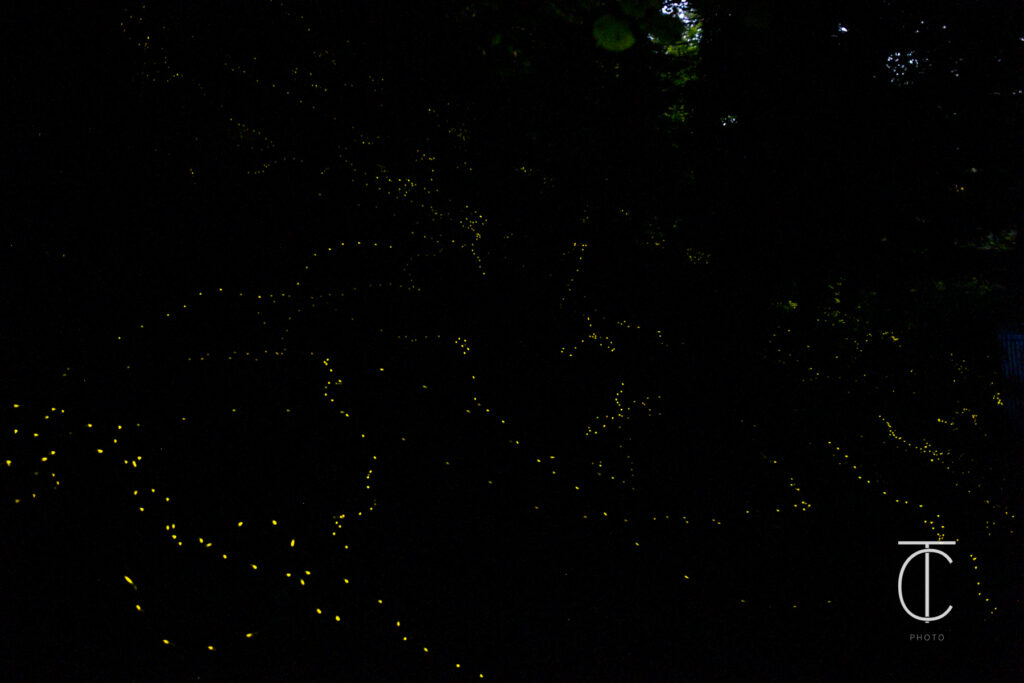
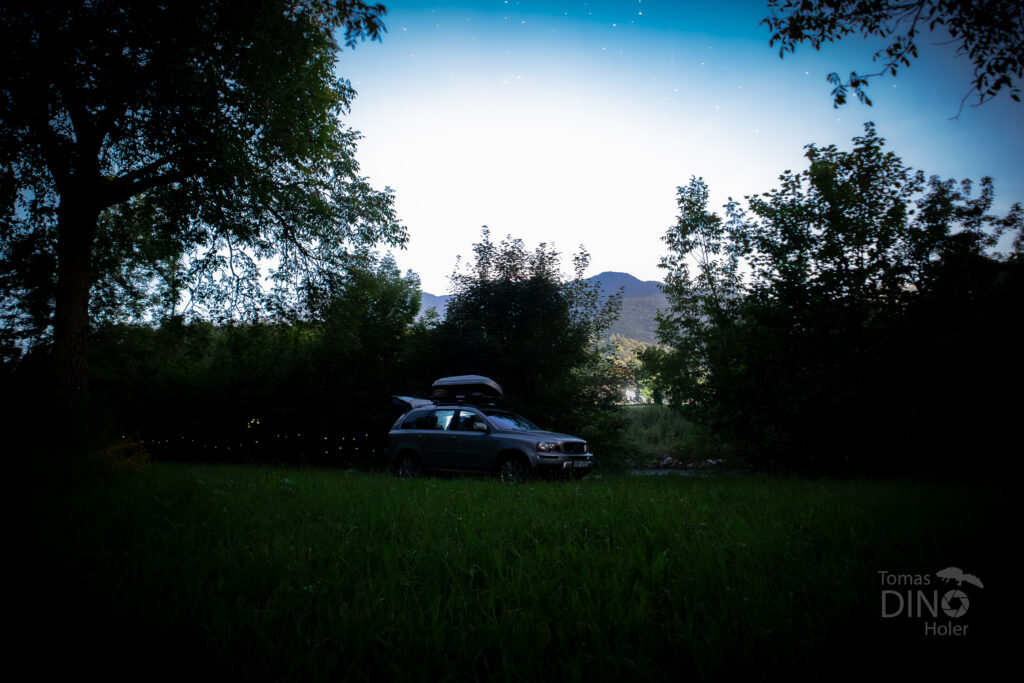
The next morning we went a little north to the site of the Lanza´s alpine salamander (Salamandra lanzai). We found a place where you can drive up to an altitude of 2000 m.a.s.l. Thanks to Peter’s driving skills and the excellent Volvo XC90, the ascend went smoothly, with only two precautionary stops to cool down the engine. As the forest disappeared along the way, mountain meadows with solitary larches and stands of pink rhododendrons began to appear. Large marmots (Marmota marmota) whistled at us from the scree. Again we admired the beauty around us and chilled our beer in the rest of the snow. Clear skies alternated with clouds within a few minutes. The clouds came and went, or were blown by the wind. The air humidity was high, so we promised ourselves success. Unfortunately, we didn’t succeed this time either. For several hours we searched in vain around the rubble and grassy slopes. The ground was relatively dry and not a drop of rain had fallen.

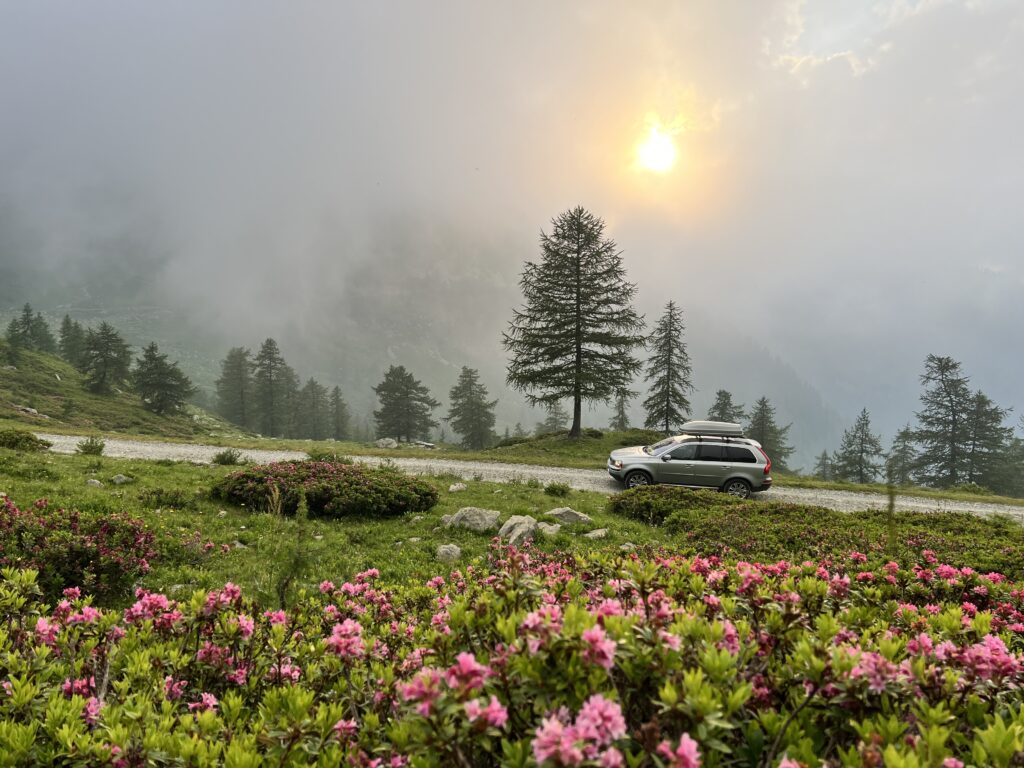

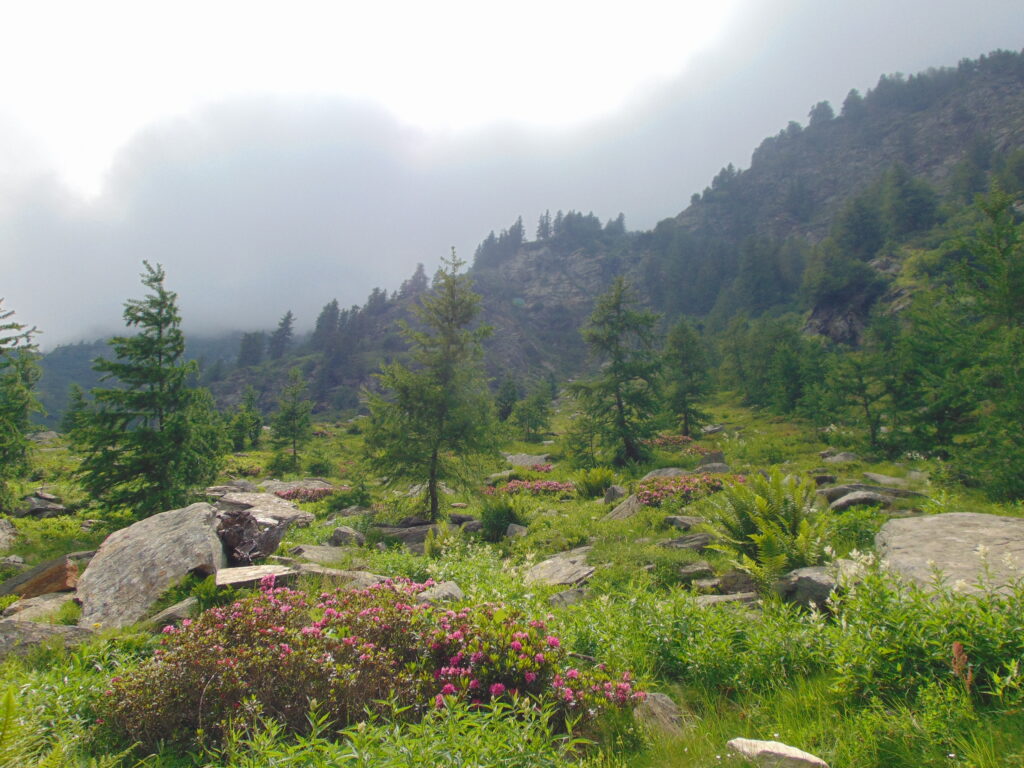
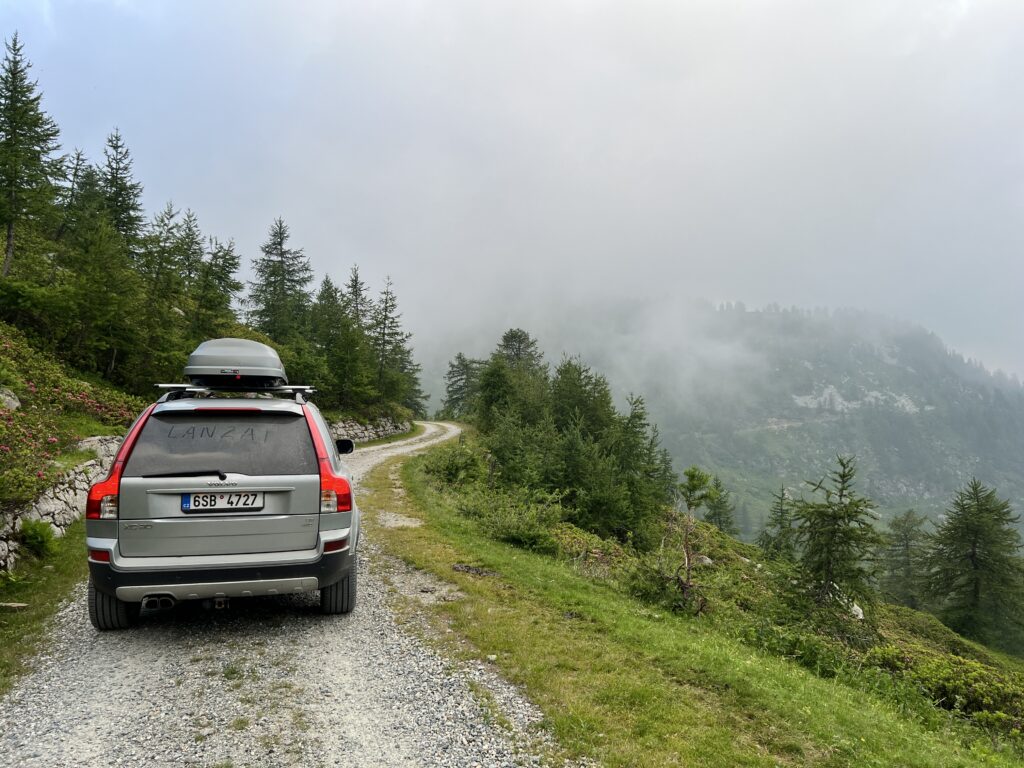
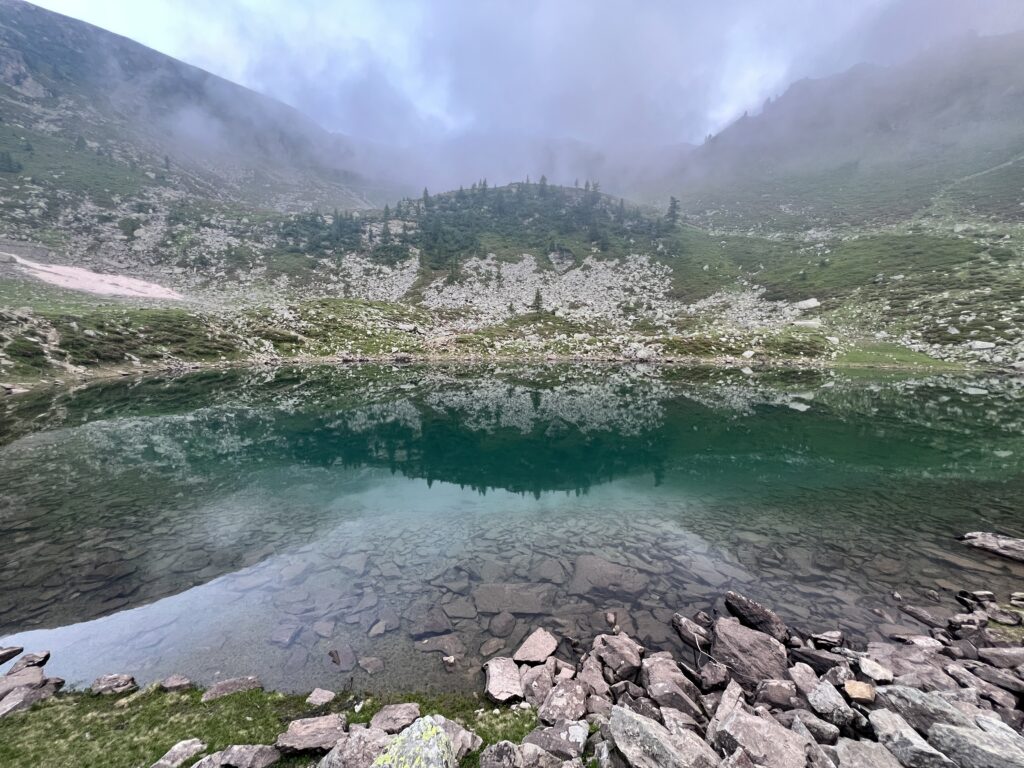
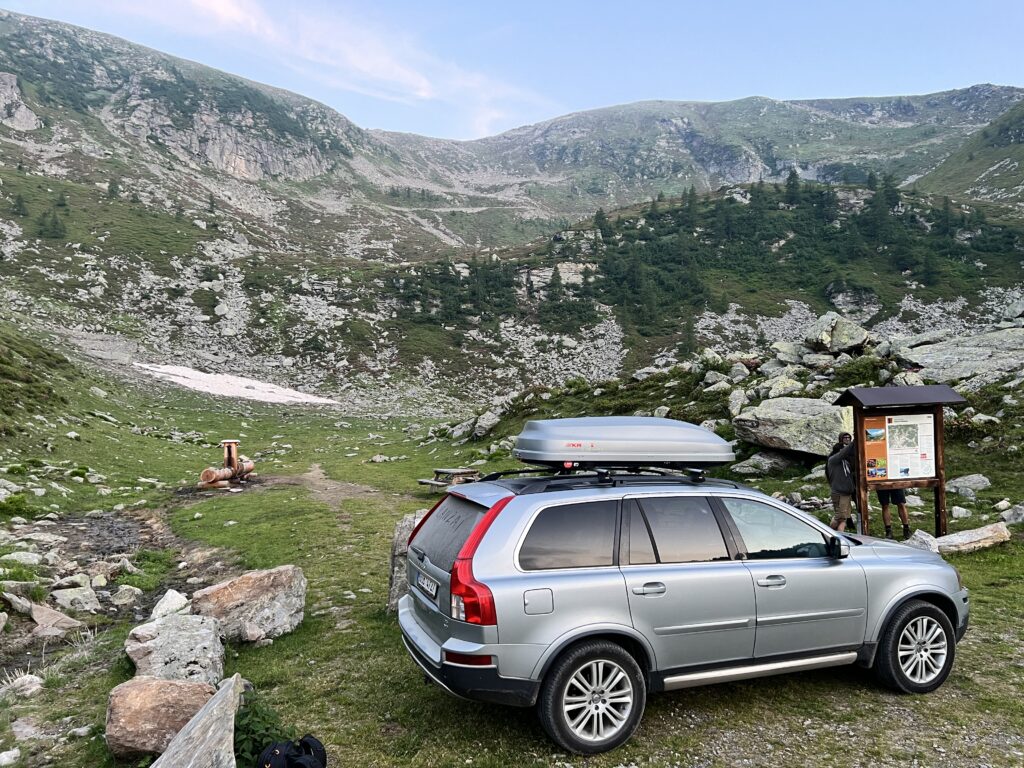
In the morning we were woken up by the bleating of a herd of long-horned goats, which were led to pasture by several dogs. One stopped by us and was still watching us, but maybe he was just waiting to see if we dropped something from breakfast. After that, we decided to go to the river valley a little below us. On the way, to our surprise, we found one dead Lanzai´s alpine salamander, which was already being eaten by ants. A few individuals probably left the shelter at night after all. But we didn’t pass this place the night before, so at least we know that salamanders are here and where to look next time. Near the ruins of the old farmstead there was an information sign alerting to the occurrence of local herpetofauna, including Lanza´s salamanders and Asp vipers. The sign also asks visitors to log all finds in the iNaturalist app. Someone here is also probably monitoring reptiles, as we came across conspicuously placed corrugated iron sheets in several places. Under one of them I managed to find a beautiful Asp viper (Vipera aspis atra). Tomáš then found an Italian slow worm (Anguis veronensis) under a stone. On the way back from the valley, we spotted two viviparous lizards (Zootoca vivipara) on the rocks.
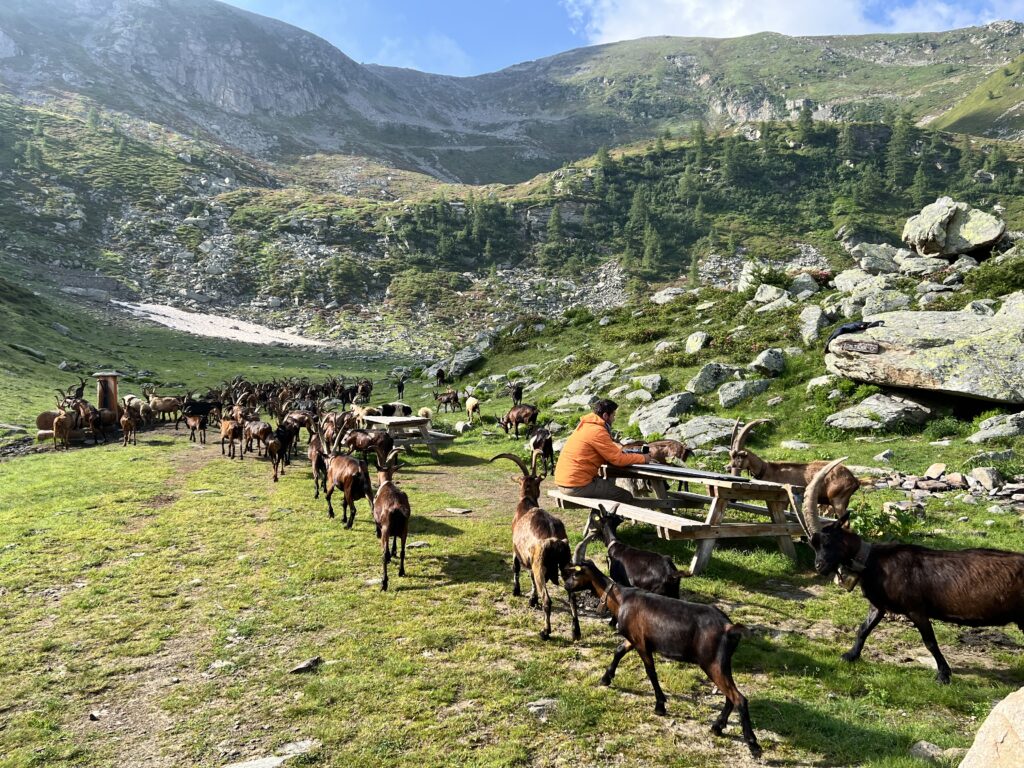

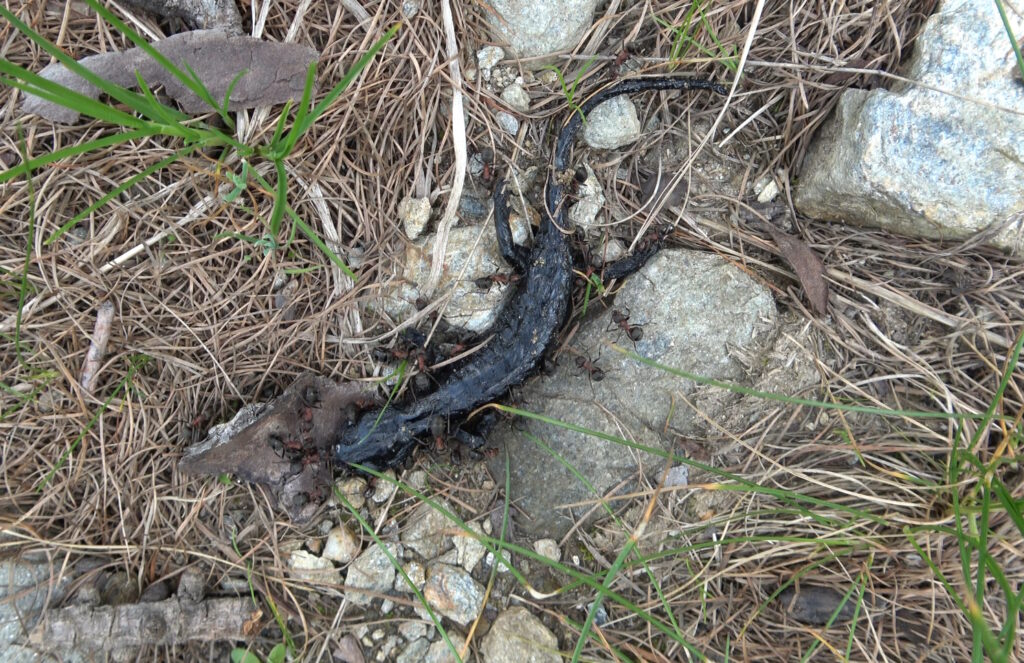
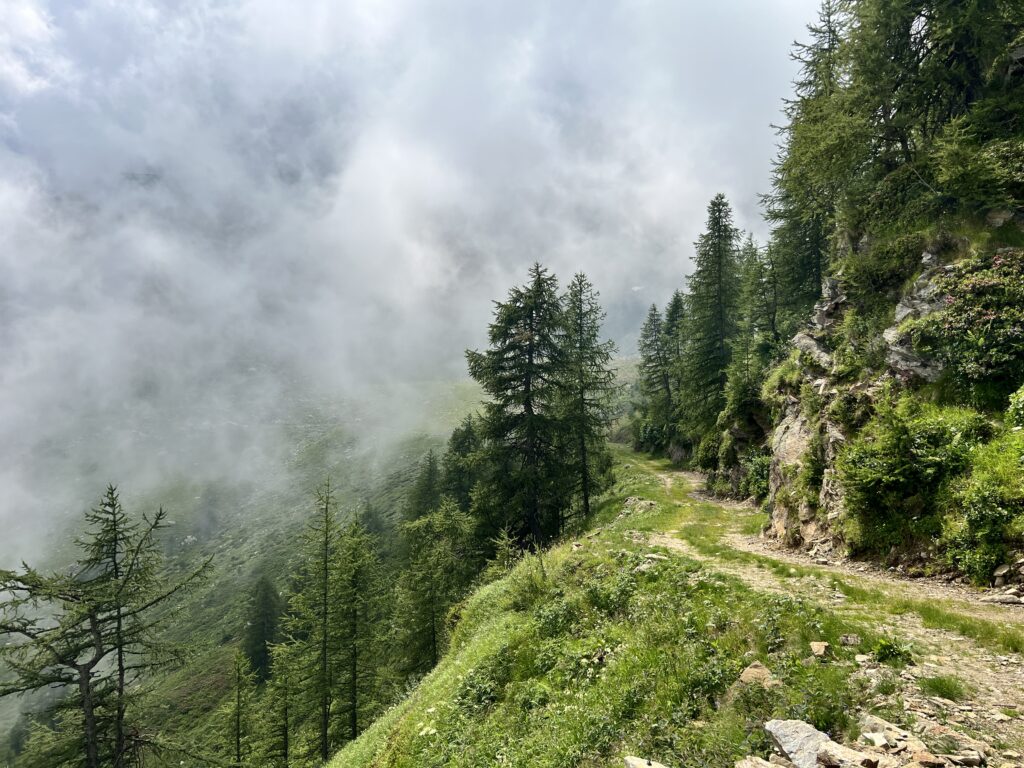
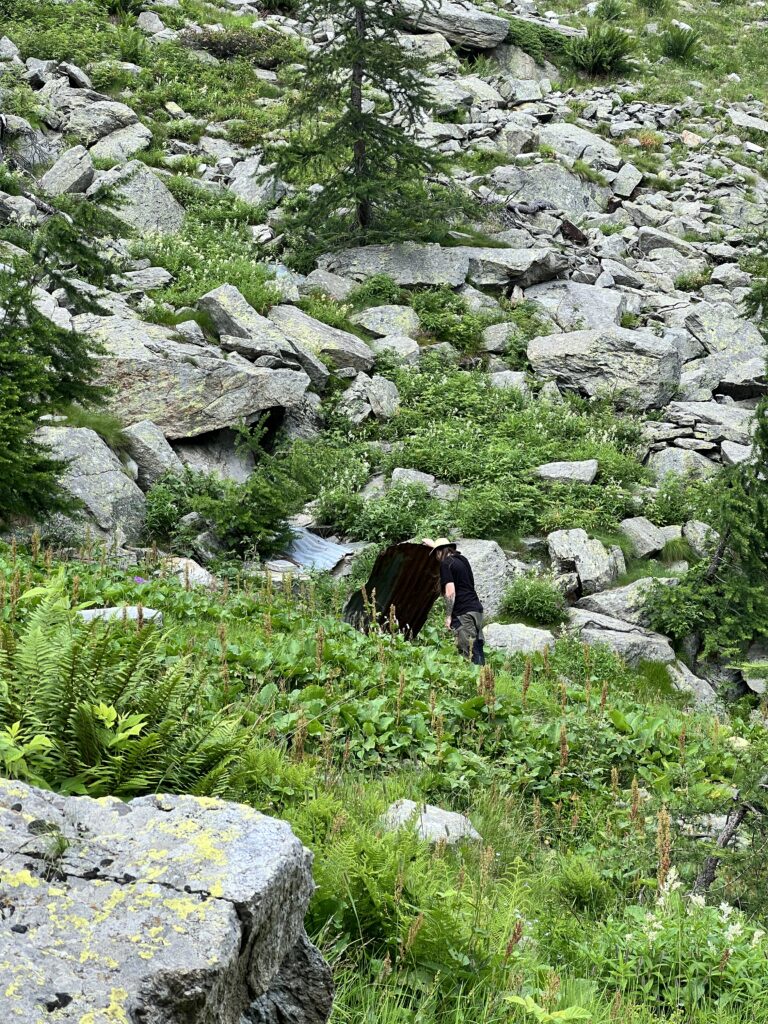
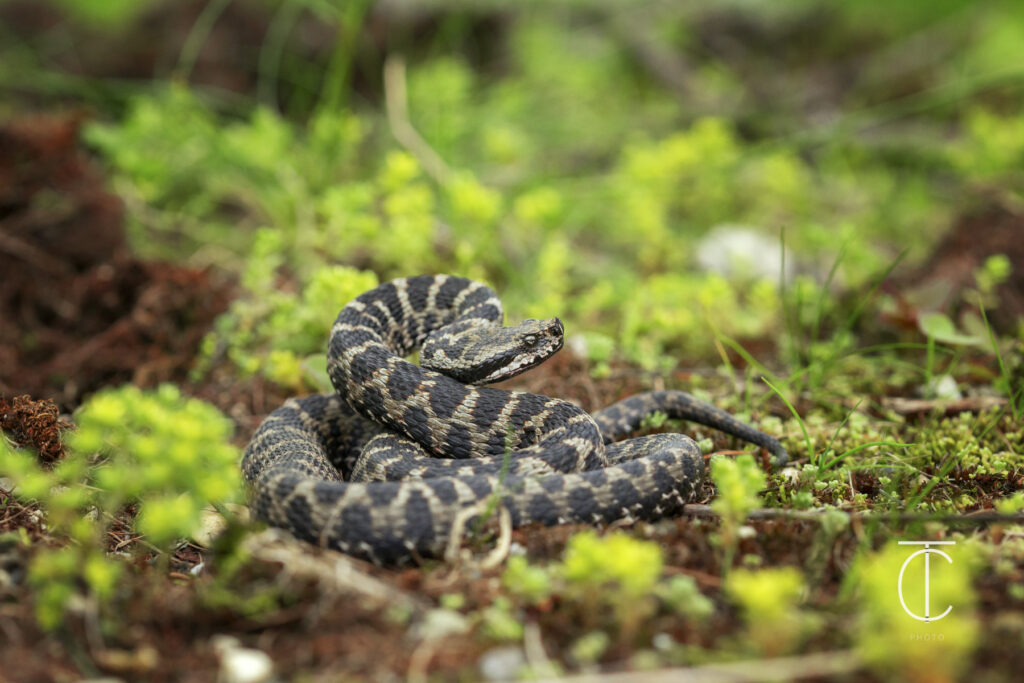
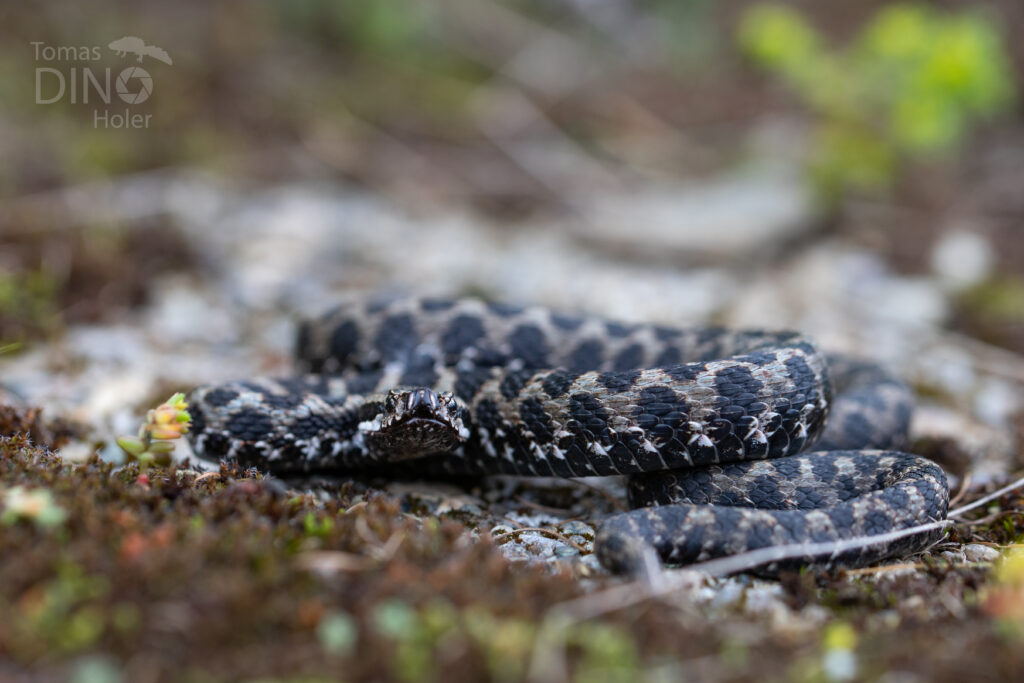

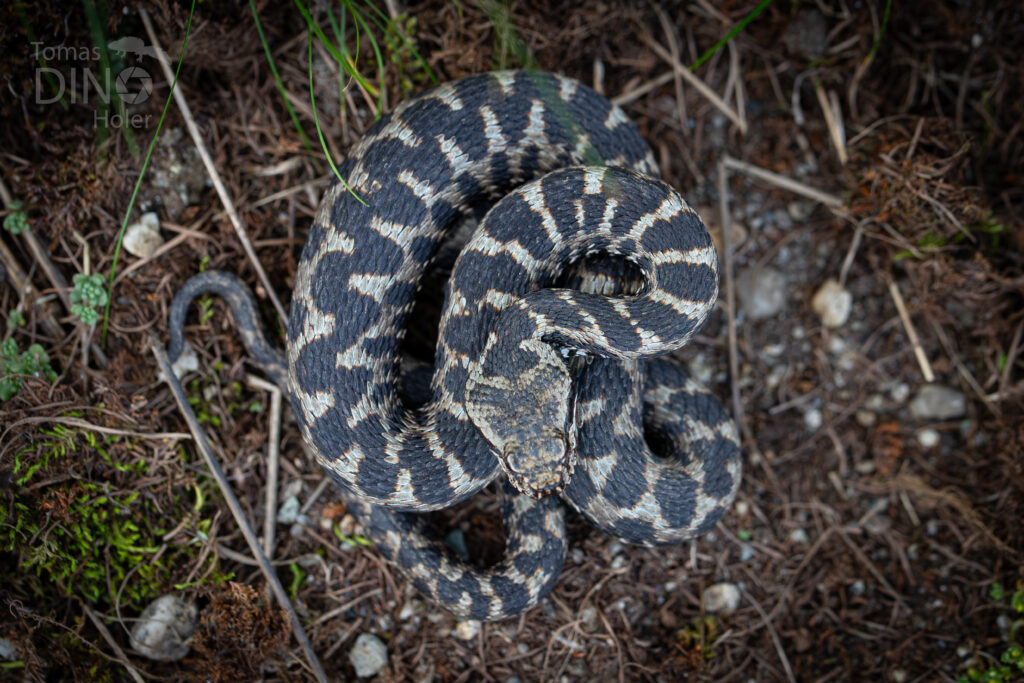


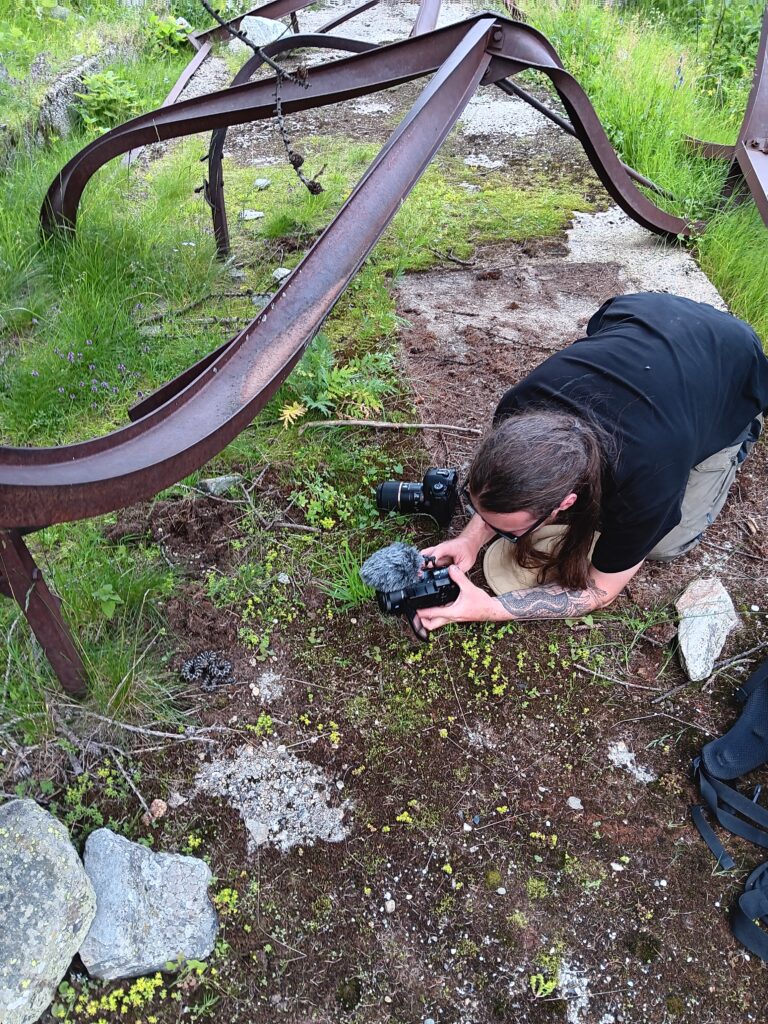
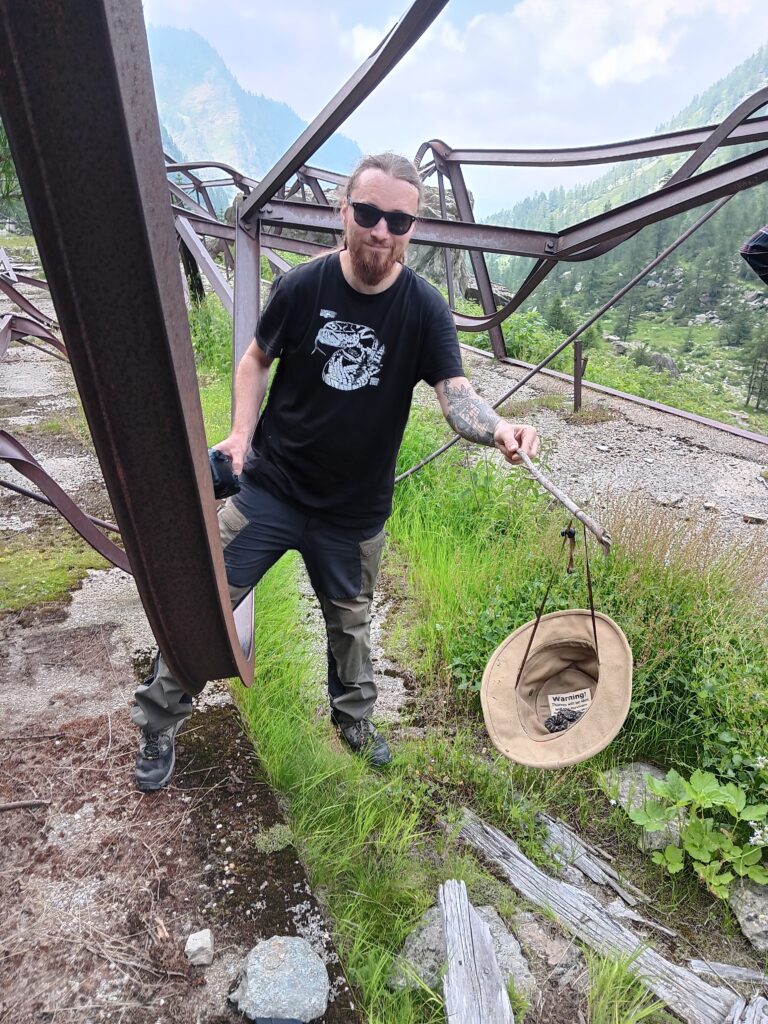
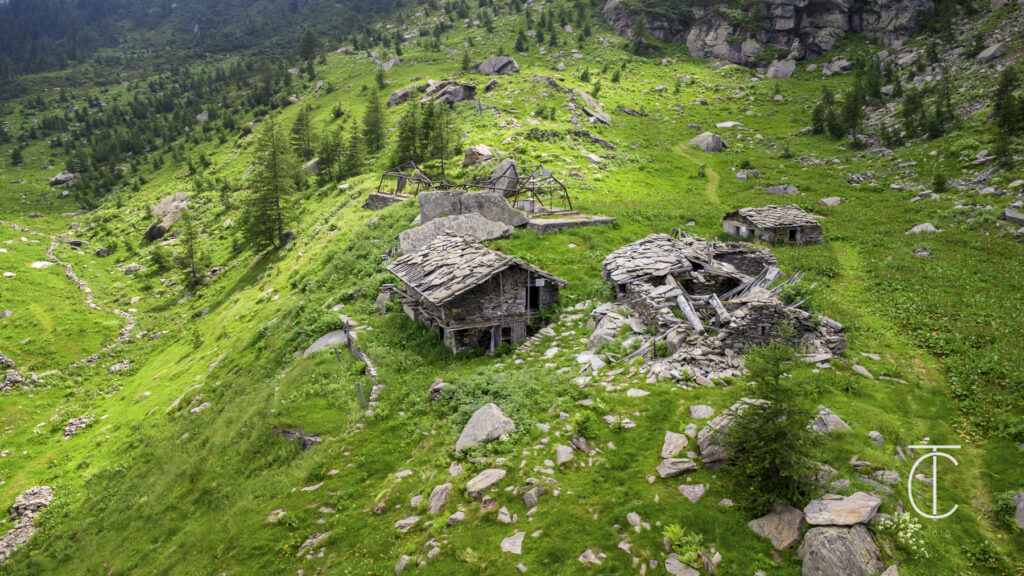

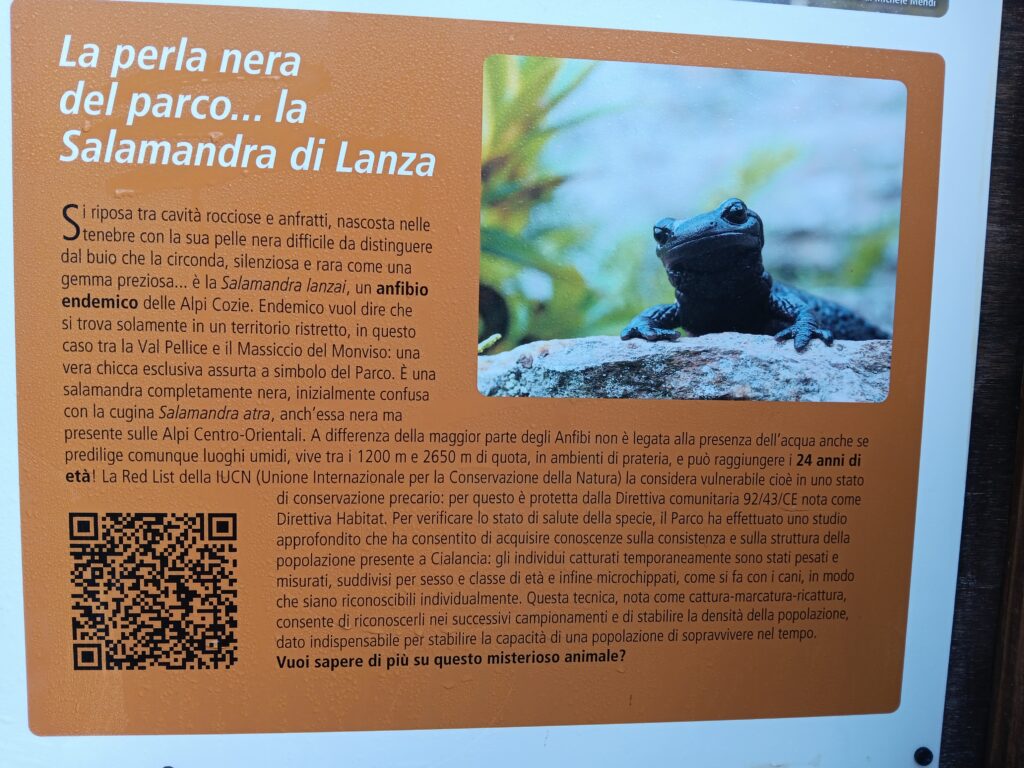
We were pressed by time, so we had to make our way back. It would take over 12 hours to drive home, so we split the journey again and spent the night near Trento, where we managed to catch a barred grass snake (Natrix helvetica) on the road at night. This concluded our unsuccessful salamander expedition, but otherwise a beautiful adventure in the Alps.
For Herpetology.cz,
Dino
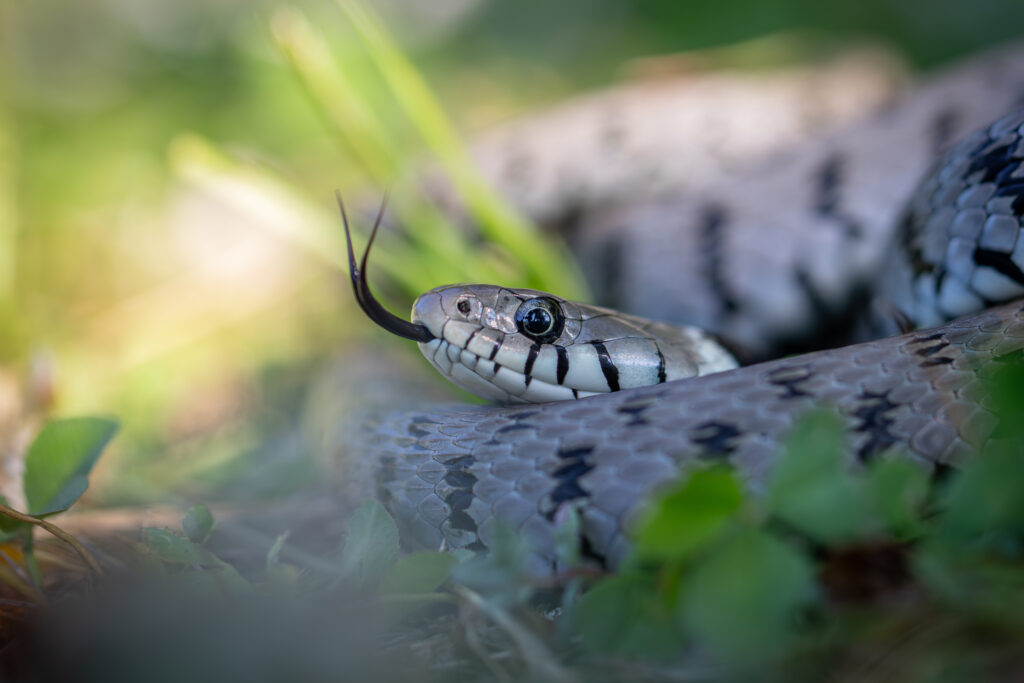

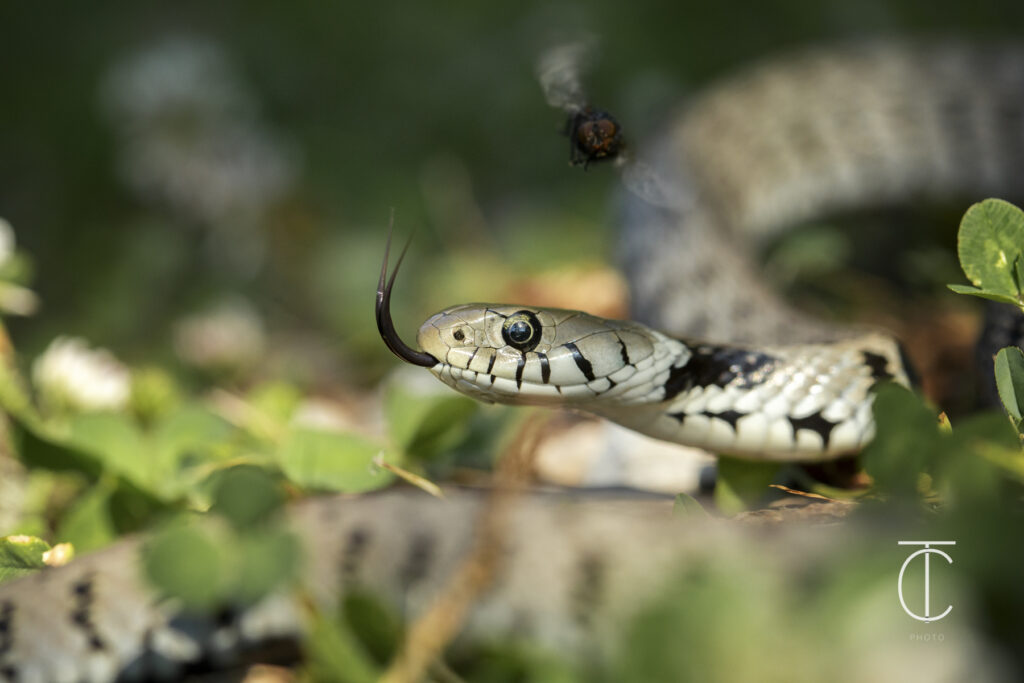
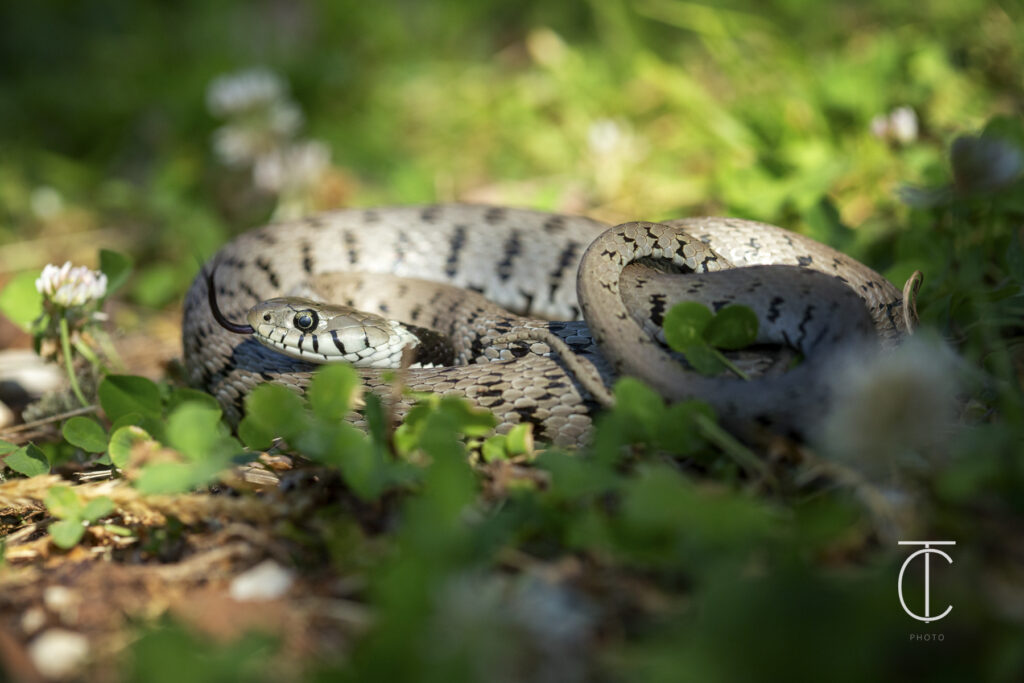
List of species
In total – 13 species:
Amphibians (6 species):
Frogs and toads (3 species):
Rana temporaria
Rana dalmatina
Bufo cf. spinosus
Caudata (3 species):
Salamandra atra atra
Salamandra lanzai (mrtvý jedinec)
Salamandra salamandra (larvy)
Reptiles (7 species):
Lizards (4 species):
Podarcis muralis cf. maculiventris
Zootoca vivipara
Anguis fragilis
Anguis veronensis
Snakes (3 species):
Vipera aspis atra
Natrix helvetica
Hierophis viridiflavus (?)
